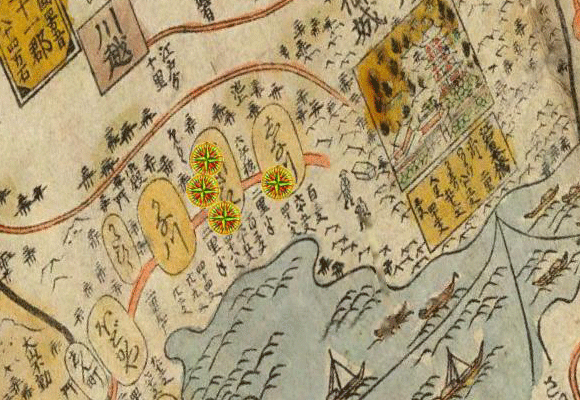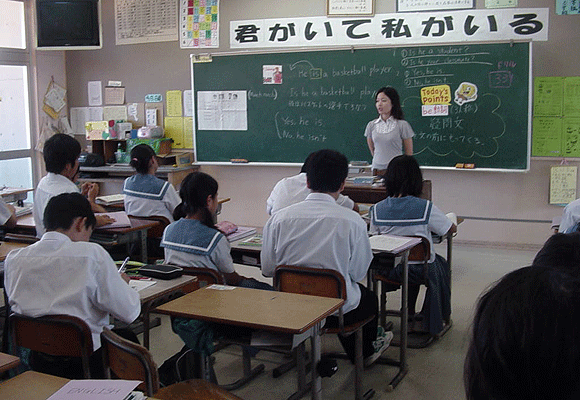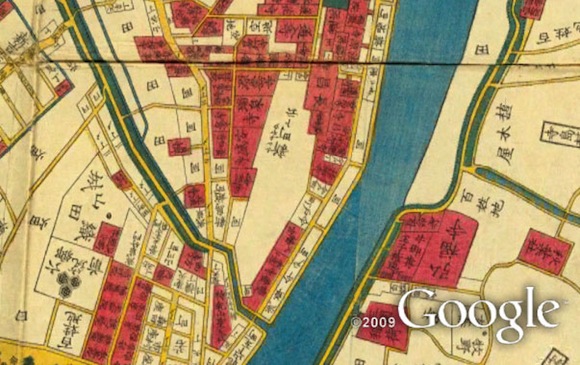One of the things Western visitors notice on their visit to Japan is the homogenous population. As an urban-living American, walking through the streets of the U.S. and seeing a wide, diverse range of ethnicities is an everyday occurrence that doesn’t cause more than a blink of an eye. Not so much in Japan. To the unknowing, one may think that Japan is populated with ethnic Japanese and a few expats mixed in. However, among the Japanese population exists a few minority groups. Some of the ones you may have heard are the Zainichi Koreans, Chinese, Brazilians and Filipinos. And the ones you may not have heard about are the Ainu, Ryukyuan, and Burakumin. Each of these minority groups have their own interesting history and current affairs, but for today we’ll focus on the Burakumin.
Popularly labeled as Japan’s “invisible race”, the Burakumin is Japan’s 1.5~2% or 2 to 3 million people strong. The term invisible race means just that, the general Japanese population itself is unaware of their existence (the stigma behind the name is so bad, individuals of Burakumin origin do what they can to hide their ancestry) or choose not to address it. Although ethnically Japanese, the label that beset the people has been a product of religious and social beliefs that stems back to the beginnings of the Tokugawa era (1603). Throughout most of the group’s existence, they have suffered severe discrimination and prejudice by the majority of society. Although, today it seems that this discrimination has somewhat subsided partly due to lack of education on the matter. The group’s name often conjures up associations with being delinquents, uneducated, crime-ridden, violent, and ghetto. You could say the Burakumin to the Japanese is the rough equivalent to the popular generalized social views of the African-American to the Americans.
If these people are ethnically Japanese, then what makes them different from the rest?
Origins of the Eta Class

Mentioned earlier in the article, the group was a product of religious and social beliefs at the start of the Tokugawa era in 1603. To put it more specifically, Shintoism and the concept of kegare with a side of Buddhism. Death and anything associated to it is considered is considered “unclean.” Individuals that are in contact with this state of life are considered defiled, polluted, and tainted. Previously labeled as the more derogatory term, Eta (filthy mass), these individuals worked in necessary and instrumental occupations, such as leather workers, executioners, undertakers, butchers, sewage removal, etc. I think you got the point. They were the bottom of the barrel in an ancient social caste system; simply put, they were outcasts. As per the Tokugawa’s feudalistic social structure, individual status and occupation were assigned and permanently unchangeable. For those who are familiar with Indian culture, they are sort of the equivalent to the untouchables.
Eventually, those that held tainted and death occupations, started forming their own small villages or hamlets, known in Japanese as buraku 部落. The min 民 stands for people or nation. Thus the etymology of the word, Burakumin, people of the hamlets.
Although there has been no physical distinction between a Burakumin and a non-Burakumin in today’s age, during the Tokugawa regime it was easier to distinguish the group. Aside from living in known hamlets, each individual was required to wear designated clothing, slippers, and hairstyles. In addition, they were banned from having rice field rights and had curfews they had to abide.
The Burakumin were officially proclaimed emancipated by the government following four years after the Meiji Restoration in 1868. Unfortunately, the group’s assimilation into the new Modern Japan hasn’t seen immediate success and still somewhat lingers to this day.
Though the discriminatory situation has been getting better, there are a few practices that still exists. For example, a few major and minor Japanese firms employ background checks (via koseki) on potentials and the hired suspected of Burakumin origin, to determine if any ancestry exists, either to exclude the individual from being hired or use as leverage to under compensate or restrict their career path. Some families also employ background checks to ensure that anyone marrying into the family isn’t of origin.
Education-Wise, How Is The Issue Being Addressed Today?

To put it simply, the issue isn’t being openly addressed in Japan’s compulsory education system. There exists two popular approaches among Burakumin organizations, scholars, and politicians: be overt or be silent. Japan’s Ministry of Education and a few of the major Burakumin organizations embrace the “if the issues are never discussed, then it never happened” approach. The idea behind this approach is that awareness of discrimination and prejudice may contribute physical and psychological separation of those with Burakumin origin and those who are not. In other words, ignorance is bliss. And any mention of the issues would be considered an act of prejudice against the group. This is often why the common reaction among many young Japanese are of astonishment when they hear discriminatory issues of the Burakumin still exists. It is also a stark contrast to the approach many U.S. minority civil groups take when publicly dealing with social issues.
A recent example of keeping the Burakumin issue silent occurred in 2009, when Google released a version of Google Earth with an ancient Japan overlay, which detailed locations of Burakumin hamlets and districts. A huge outcry from civil groups and the Ministry of Education followed, which eventually led to Google giving into their demands by removing the feature.

I can see the reasons instituting ignorance, but is it the best approach? As someone who was raised in a Western society, especially the U.S., it is somewhat odd that an answer to discrimination is ignorance. But perhaps this is due to cultural differences. There’s a lot more to this issue than what is covered in the scope of this article.
If this has sparked any interest, or if you are even considering making Japan your home someday, then I would like to suggest doing some research on the Burakumin and the other minority groups via journal article databases or a simple Google search. It’s a large can of worms, but it does give some insight on how the Japanese approach and deal with issues and problems.
